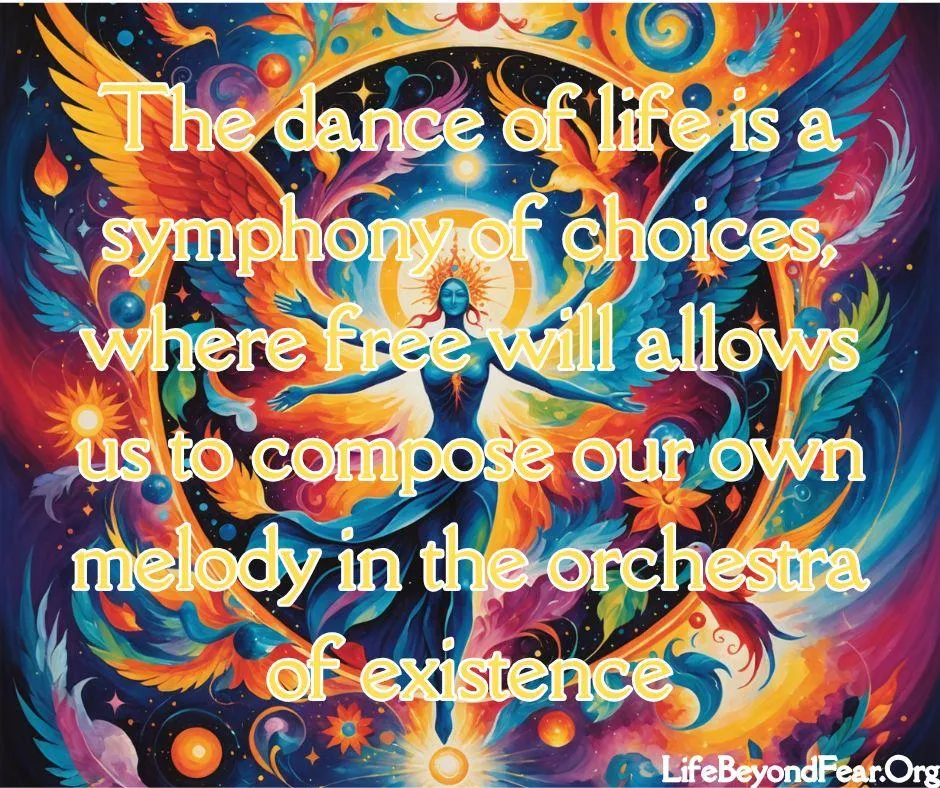There’s a whole world out there
See Newest Blogs

The Divine Symphony: Unraveling the Mystery of Lazarus' Resurrection
The Divine Symphony: Unravelling the Mystery of Lazarus' Resurrection
In a world where the boundaries of life and death are mere illusions, the resurrection of Lazarus by Jesus invites us to explore the profound depths of divine love and the interconnectedness of all existence. How could such a miracle be possible? The answer lies in the understanding that we are all expressions of the same divine essence, bound by unconditional love.

The story of Jesus raising Lazarus from the dead is a powerful testament to the limitless potential of divine love and the interconnectedness of all beings. It challenges our understanding of reality and invites us to explore the profound truths that lie beyond the physical realm. At its core, this narrative reveals the unity of all creation and the boundless nature of God's love.
The Oneness of Jesus and Lazarus
In the spiritual realm, Jesus and Lazarus are not separate entities but expressions of the same divine essence—God. This understanding of oneness is rooted in the belief that all of creation is an extension of God's unconditional love. Jesus, fully aware of his divine nature, recognises that he and Lazarus are one and the same, individuated yet united in the divine dance of existence.
Unconditional Love as the Catalyst
The resurrection of Lazarus is a testament to the power of unconditional love. Jesus, embodying God's love, extends this love to Lazarus, transcending the illusion of death. In this act, Jesus demonstrates that love is the ultimate force, capable of overcoming any perceived limitation. When Jesus claims his divine power, he is not asserting dominance but embracing the fullness of God's love, which knows no bounds.
The Illusion of Death
In the eyes of God, death is but an illusion—a temporary experience in the grand tapestry of existence. Jesus, aware of this truth, sees beyond the physical manifestation of death, recognising the eternal nature of the soul. The resurrection of Lazarus serves as a reminder that life and death are mere constructs, and that the essence of our being is eternal and unchanging.
The Role of Free Will
In the divine play of life, free will is the gift that allows us to choose our experiences. We are invited to decide whether we wish to experience heaven or hell on earth, for both are available in the universal pantry of God's love. This choice is a reflection of our understanding of our divine nature and the love that permeates all of existence.
Quantum Physics and the Resurrection
From a quantum physics perspective, the story of Lazarus can be seen as an exploration of the interconnectedness of all things. In the quantum realm, particles are not isolated entities but part of a vast, interconnected web. This mirrors the spiritual truth that all beings are expressions of the same divine essence. The act of raising Lazarus can be viewed as a shift in consciousness, where the perceived boundaries of life and death dissolve, revealing the underlying unity of all creation.

The Invitation
The story of Lazarus invites us to explore the depths of our own being and the limitless potential of divine love. It challenges us to see beyond the illusions of separation and death, embracing the truth that we are all one with God. In this realisation, we find the freedom to choose our experiences and the joy of playing in the divine dance of life. Ultimately, the resurrection of Lazarus is a reminder that we are all children of God, perfect expressions of his love, and that our journey is a unique and personal exploration of the infinite possibilities of existence.

Copyright ©LifeBeyondFear.Org. All Rights Reserved.
Unlock the secrets to improving relationships at work, at home, and most importantly, with yourself. Discover the transformative power of meaningful connections and self-understanding.
